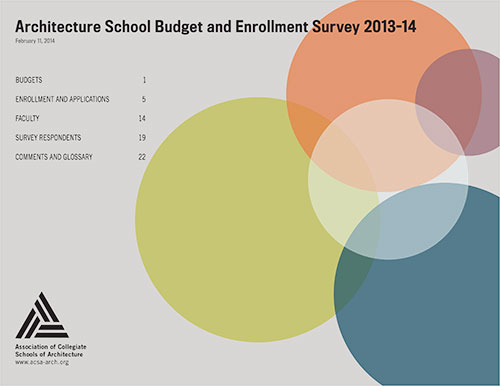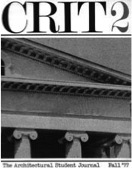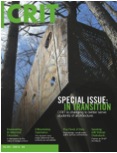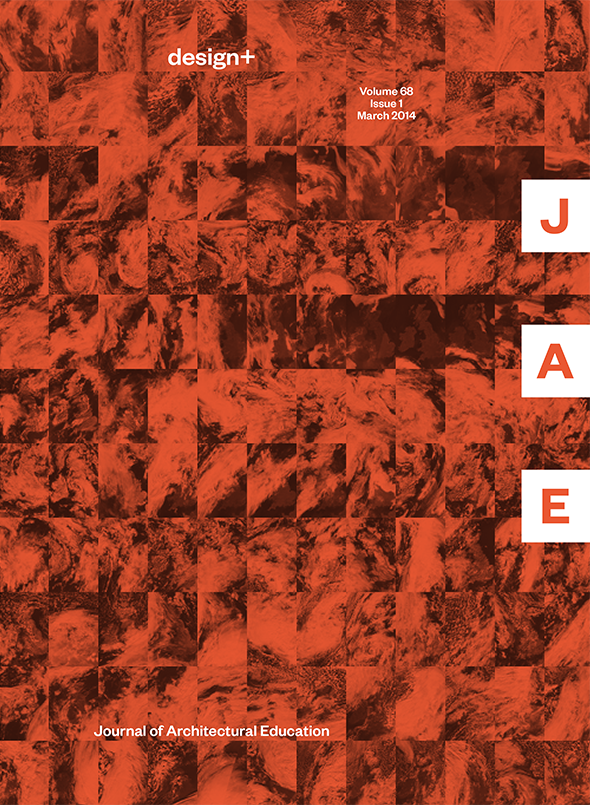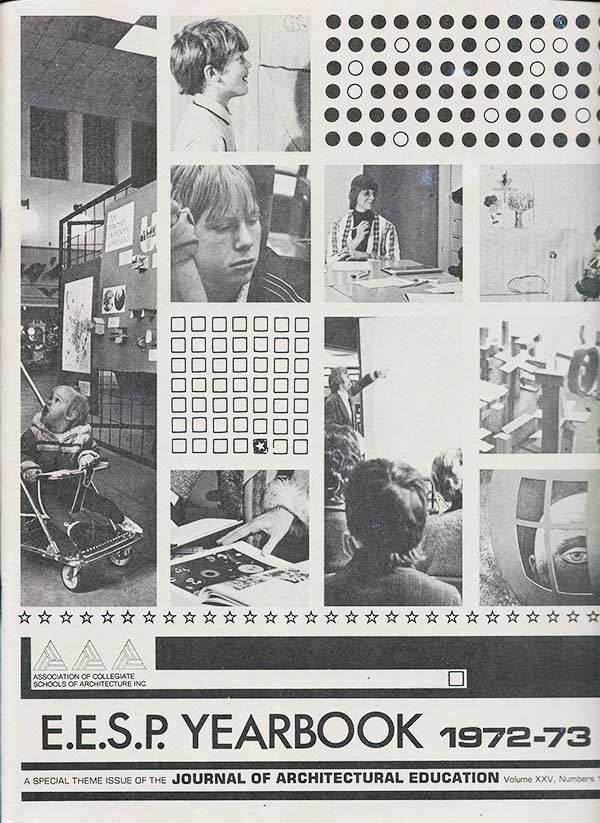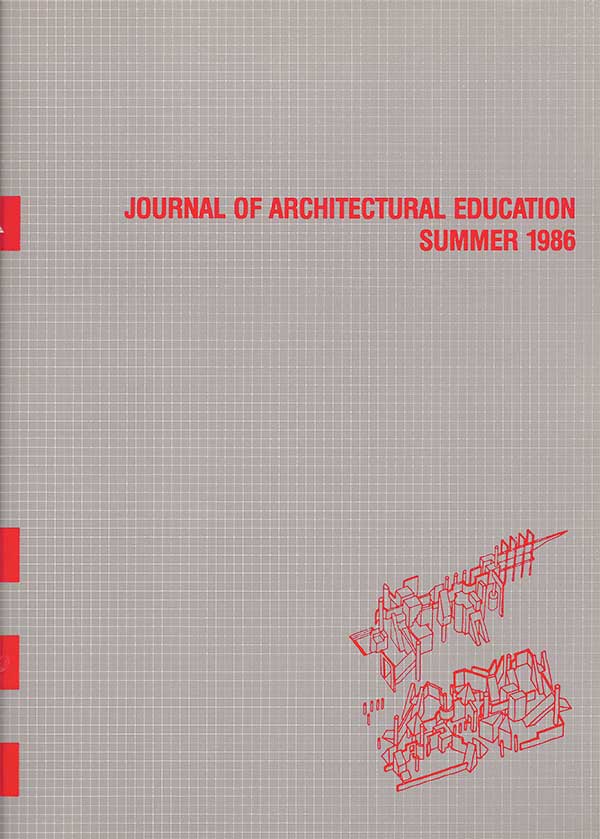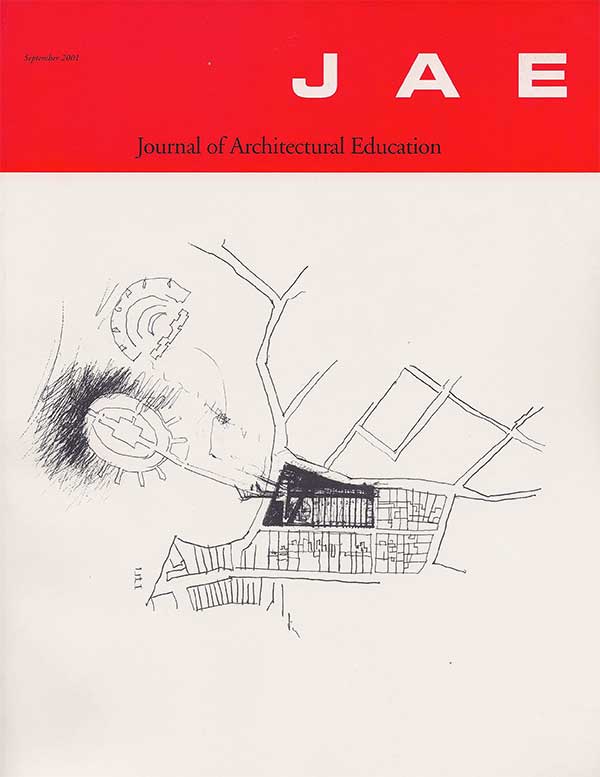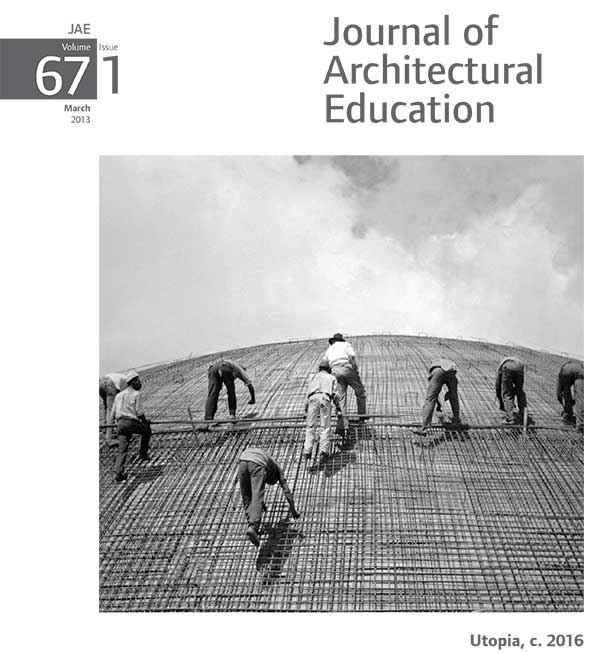Submission Deadline: February 19, 2014
The 2014 Haiti Summer Studio is a public-interest design education and service-learning project organized through a partnership with Howard University (HU), Association of Collegiate Schools of Architecture (ACSA), and conducted with University of Illinois Urbana-Champaign (UIUC) with support from the Fetzer Institute. The 2014 Haiti Summer Studio is the continuation of the “2011 Haiti Idea Challenge” where students were challenged to design permanent solutions to rebuild the infrastructure, cities, neighborhoods and structures affected by the 2010 earthquake.
The 6-credit architectural studio, under the auspices of the School of Architecture at the University of Illinois at Urbana-Champaign (UIUC), will expose up to 16 students to readings, design exercises, and a two week trip to work with local organizations and schools in Haiti on a design project that will help residents develop the capacity to improve their daily lives through architectural solutions. Through this service learning opportunity, students will be exposed to educational content that fosters awareness of the power of love and forgiveness in the emerging global community. The outcomes of the studio will be documented and published by the ACSA as a model for other schools to use service learning to implement collaborative and participatory design processes that empower local citizens and foster community resilience.
The studio will be led by Professor Lynne M. Dearborn of University of Illinois, Urbana-Champaign (UIUC), School of Architecture and the project led by the partnership of Professors Edward Dunson, Victor Dzidzienyo and Bradford Grant of Howard University (HU) School of Architecture and Design along with Michael Monti and Eric Ellis of the ACSA. A three-person committee will review the applications and select students to participate.
Curriculum for Service Learning
The curriculum is composed of a four preparatory workshops in early May 2014 conducted via electronic communications and an eight-week studio course in June and July. Students and faculty will travel to Haiti during two of the eight weeks.
Four Preliminary Preparatory workshops, late spring 2014
These digital workshops will include readings and discussion of Haiti and travel along with Exposing students to the principles of love, forgiveness, and compassion
Eight-Week Studio (June 2–July 26, 2014)
(June 2-7, 2014) First week spent in Champaign (UIUC).
Doing research and beginning to practice journaling, meditative sketching and drawing, and initial work on the design project.
(June 8-22, 2014) Two weeks spent in Haiti.
Initial activities include working with the local school of architecture to understand the experience and processes of Haitian students, participating in a short-term design charrette. Remaining activities will involve working with a rural community on a design project linked to the efforts of one or more NGOs in Haiti. Throughout students will continue discussions of collaborative and participatory design processes and carry out the reflective journaling and sketching.
(June 23-July 26, 2014) Final five weeks spent in Champaign (UIUC).
Completing the remaining work on the Haiti design project, keeping up communications with Haiti contacts, developing perspectives on how to generalize the design and interaction processes the students experienced in Haiti, and preparing their final design projects for sharing with Haitian-American communities and other architecture schools.
Call for Participation
Eligibility: Students who will be entering their 4th, 5th, or 6th year of a professional architecture education, in the Fall of 2014, are invited to apply for a position in the 2014 Haiti Summer Studio, June 2–July 26, 2014.
Application Requirements:
- Academic Record updated academic transcript(s) including all coursework that is being applied to applicant’s current academic architectural program.
- 300 word (max) essay describing your background, skills, career interests within architecture, and why you should be considered.
- Letter of Recommendation from a Faculty Sponsor (1-page, includes student’s range of interest, knowledge, and experience)
- Sample of Free-hand Sketching demonstrating ability (3-page max)
What’s in it for the students?
- A rich educational experience, helping students develop reflective design process
- 6 studio credits
- A trip to Haiti
- Portfolio and resume builder
- Direct experience in participatory and collaborative design with local Haitian residents
Student Expectations
- Ability to pay University of Illinois UC tuition & fees (expected tuition & fees: undergraduate IL residents $3,045, non-residents $5652; graduate IL residents $3,616, non-residents $6,934)
- Ability to secure housing in Champaign-Urbana (available University Housing: expected cost for 6 weeks on campus: $1,176 per person, shared room; $1,764 per person, single room)
- Ability to Travel Internationally and if a non-US citizens to secure a visa if necessary.
- Ability to pay/travel to Champaign (travel to Haiti, room and board and travel within Haiti are covered for all accepted students)
- Willingness to abide by University of Illinois travel abroad health and safety requirements (and in case of emergency all sponsor protocols) and faculty instructions during the term of the summer course.
- Willingness/Ability to meet University of Illinois requirements for immunizations for University enrollment and travel abroad.
- Enrollment in the UIUC for the summer of 2014 for a 6-credit studio.
Submission Process
All submission should be sent digital in a single email to Eric W. Ellis, ACSA Director of Operations and Programs at eellis@acsa-arch.org by 5pm PT, February 19, 2014.
Additional questions on the studio and submissions should be addressed to:
Eric Wayne Ellis
ACSA Director of Operations and Programs
email: eellis@acsa-arch.org

 Study Architecture
Study Architecture  ProPEL
ProPEL 